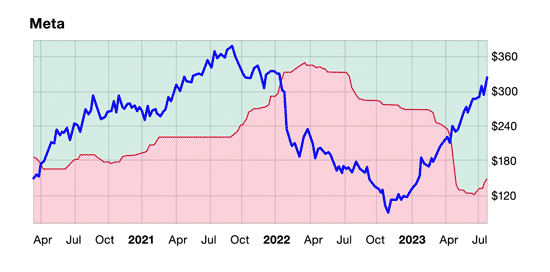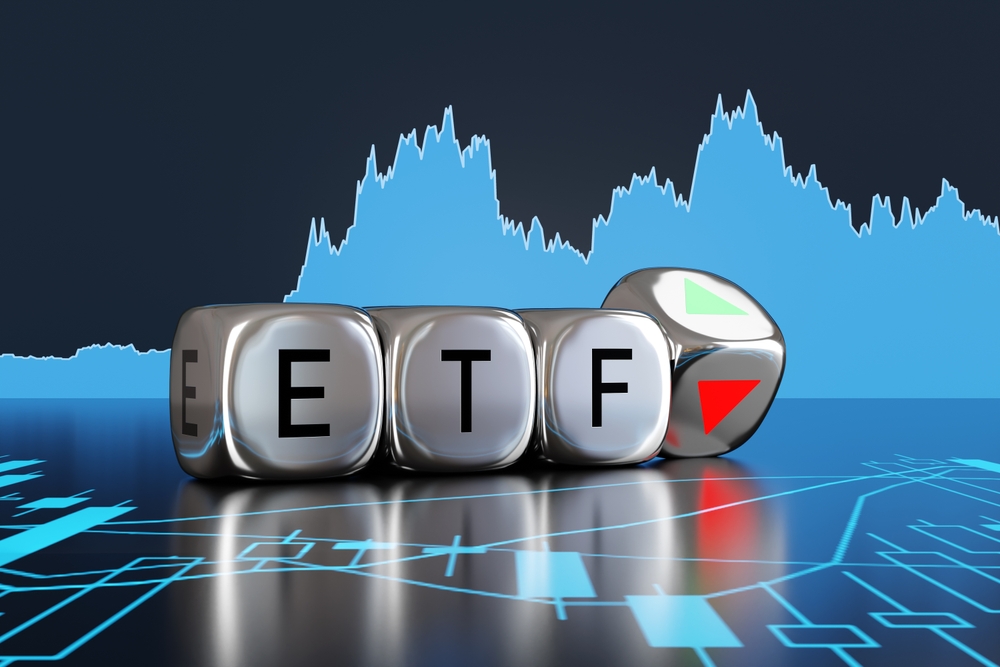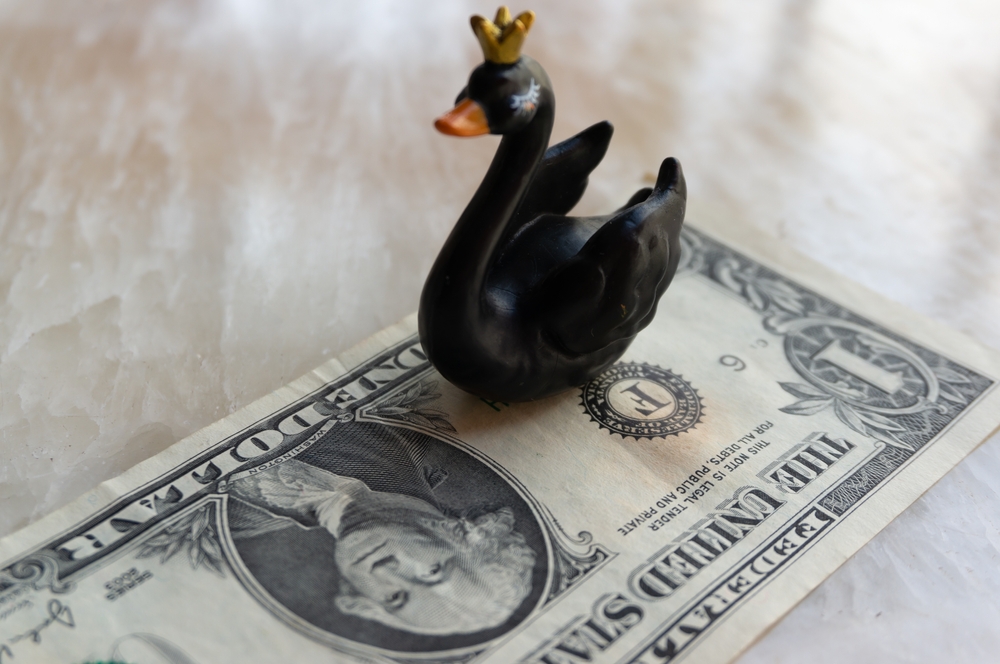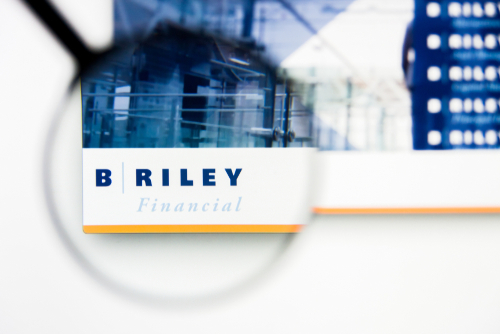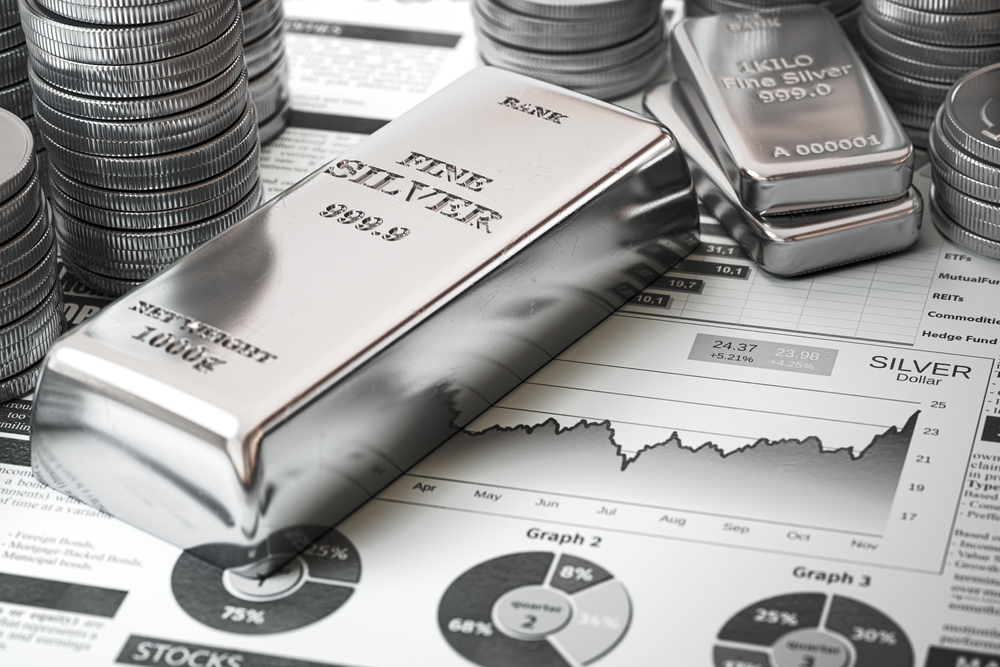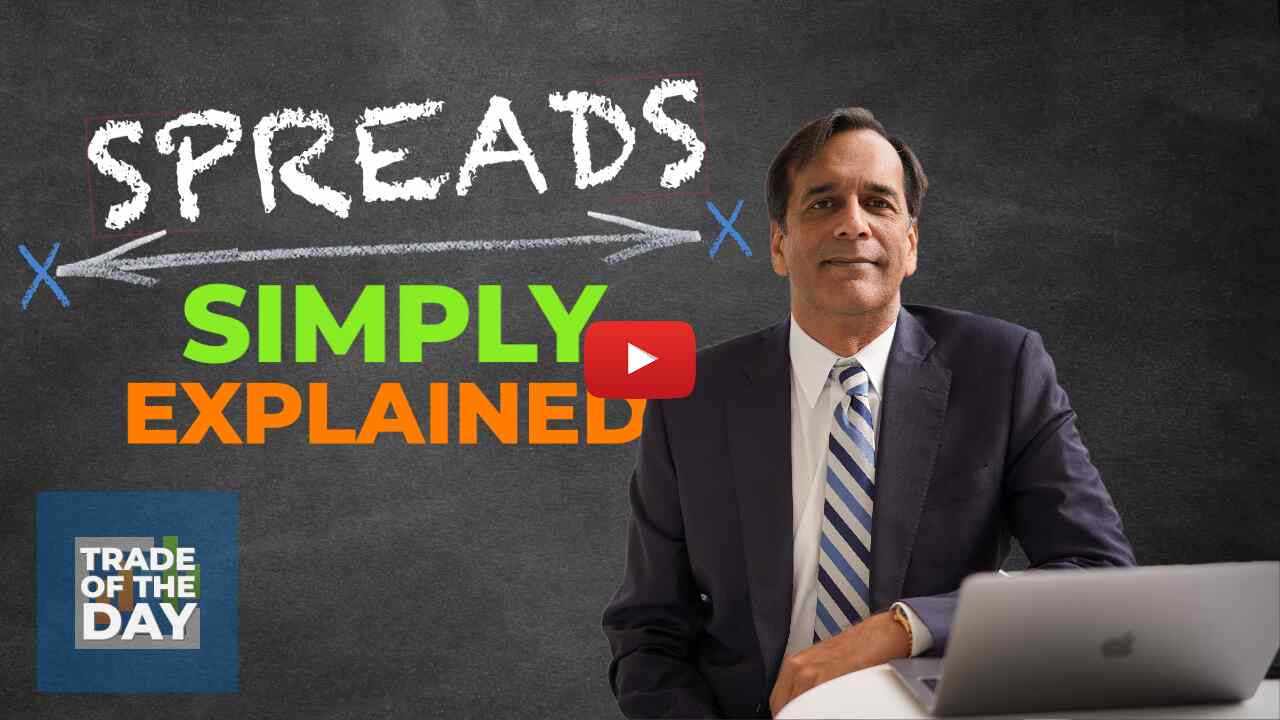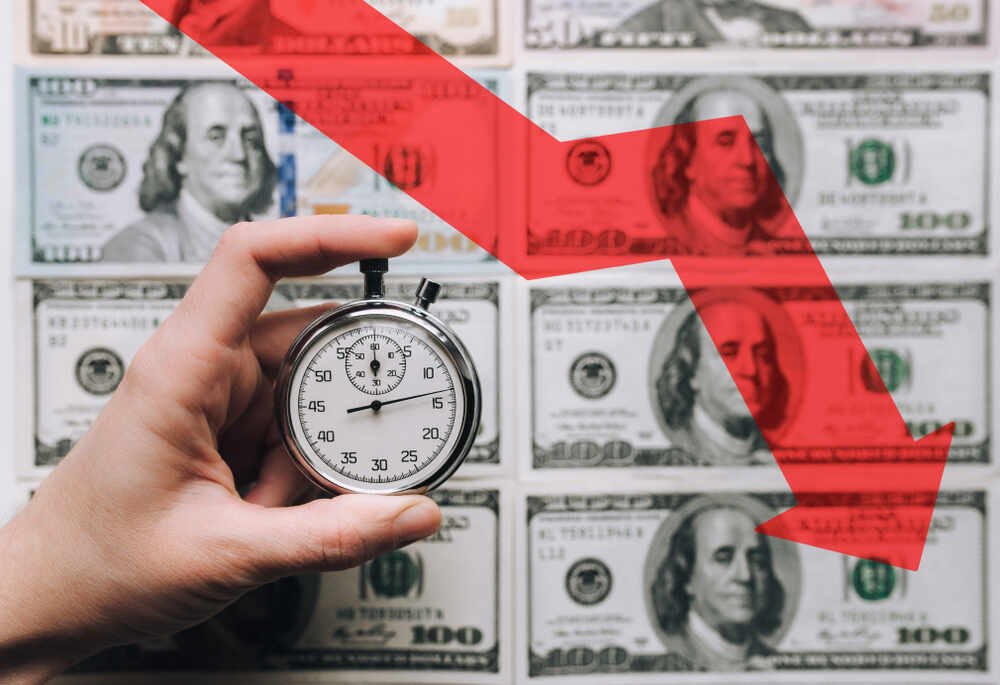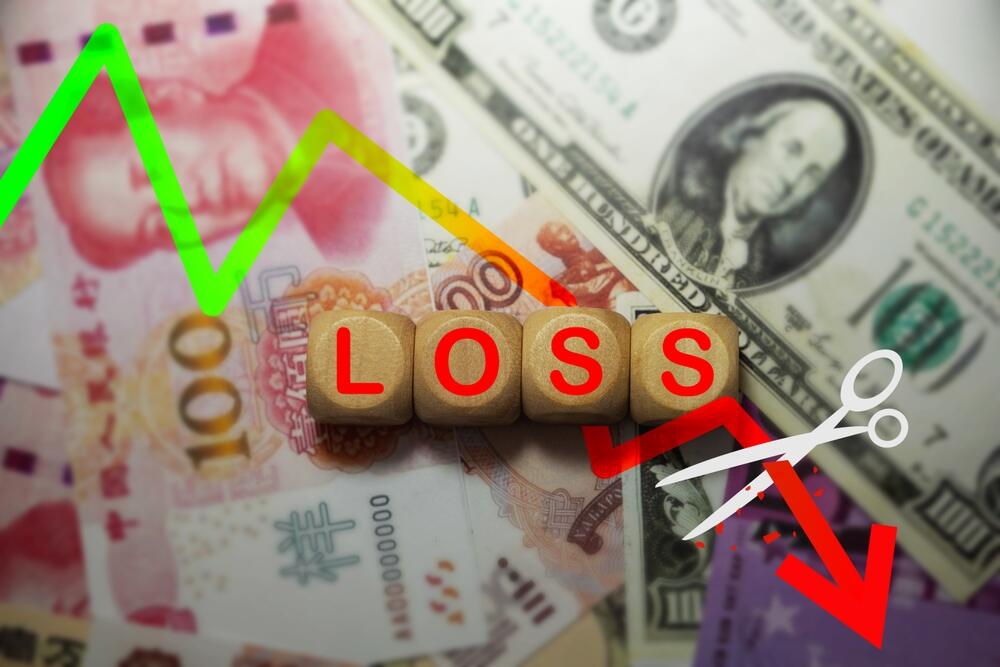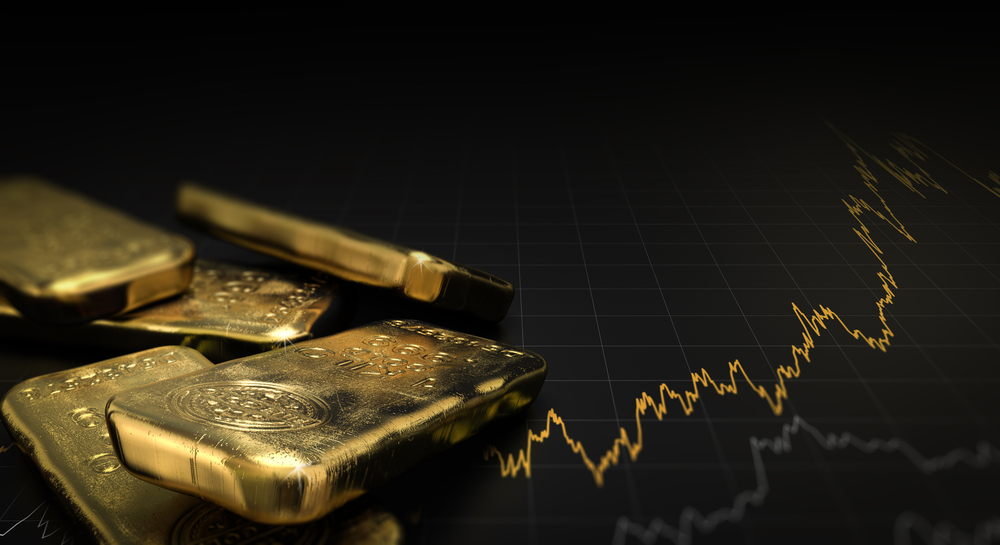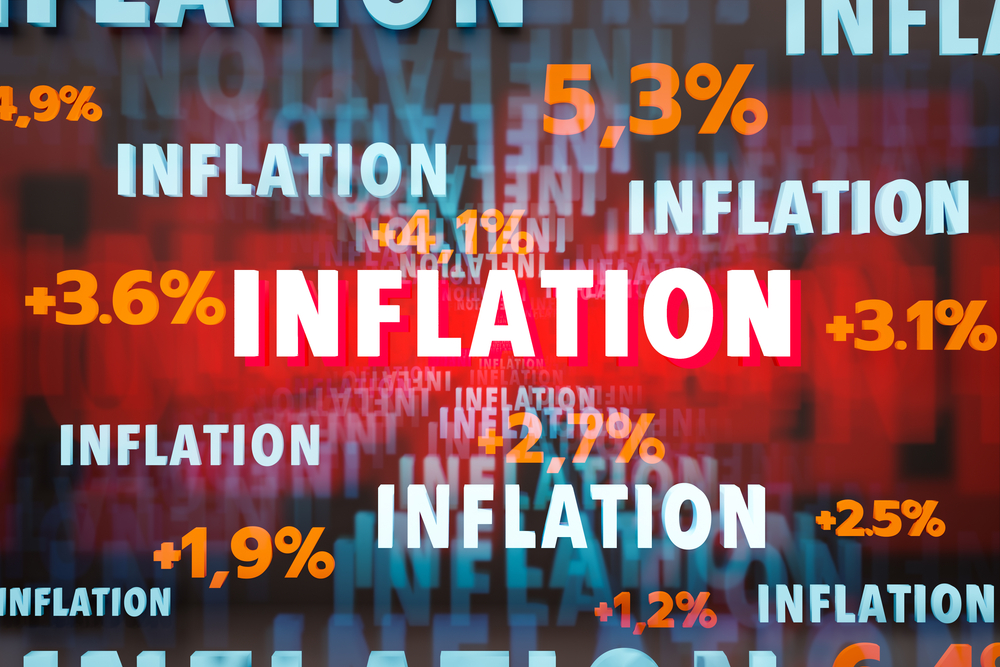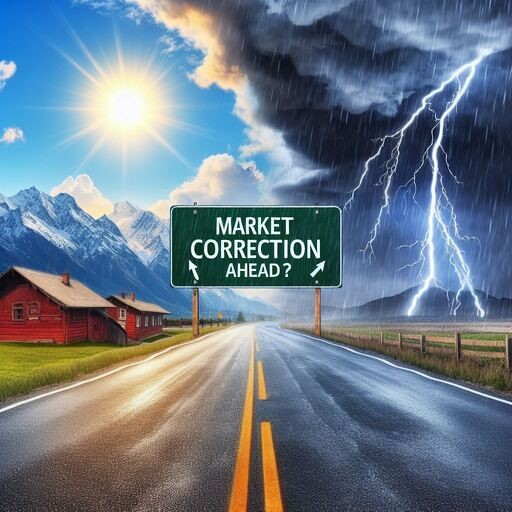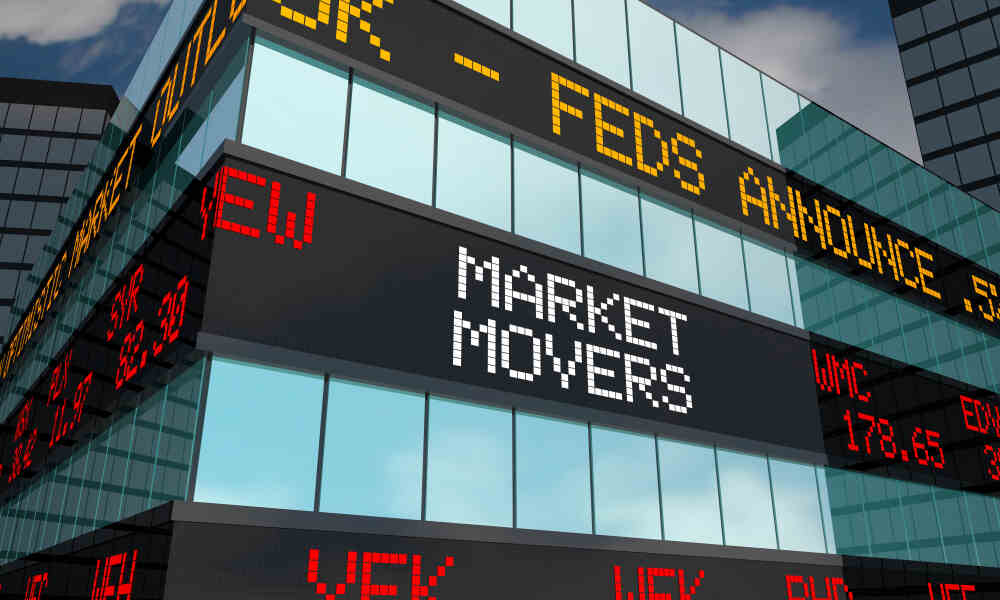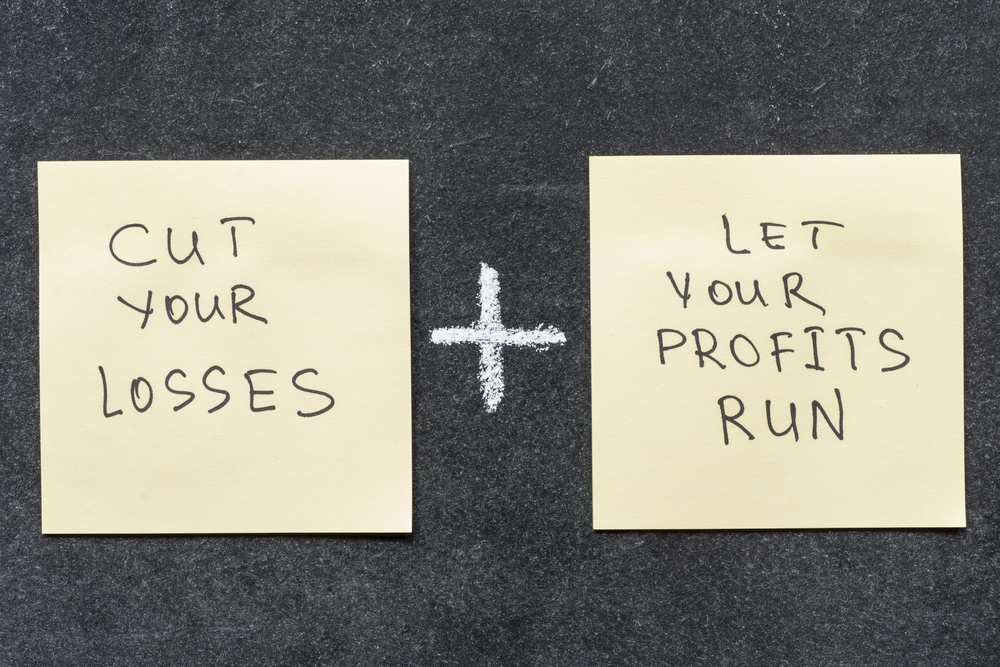How Emotions Play Into My Predictions
The letters and numbers were flying past me as traders shouted at me to execute their orders.
How were these guys making sense of the seemingly random price action coming across their screens?
I was a newly minted assistant on the trading desk, and my job was to watch the markets, execute trades on behalf of traders and alert them to any trends that I saw.
The first two tasks were no problem. But I had a tough time seeing how those moving prices on my screen could be interpreted and lead to a decision to buy or sell stock.
I’d love to tell you that after a bit of studying and hard work, I picked it up pretty easily. But I’d be lying. A year later, I was as clueless as I was on my first morning.
And then one day, a trader showed up on the desk with a new data source. And when he hit “3” on the keyboard, the stock’s chart came up. He quickly toggled between a daily chart, an hourly chart and a five-minute chart.
I was enthralled. I peppered him with questions: “What does that mean? How do you know when to buy or sell?”
Without looking up from his charts, he snapped, “Go learn some technical analysis and then come back to me.”
Technical analysis? I had no idea what he was talking about. There was no Google back then. So I spent that weekend at the library devouring everything I could find on technical analysis – the study of stock charts (or charts of other financial instruments).
I enrolled in a class on technical analysis at a local university, and I was hooked.
All those random numbers I saw on my screens could be used to create a chart that would show patterns, trends and even price targets.
Importantly, I learned that these charts are visual representations of human emotion – greed and fear. And those emotions repeat in patterns and are somewhat predictable.
I became obsessed with improving my skills. I was fortunate that I had access to some of the most legendary technical analysts in the world. It was like discovering a love of baseball and speaking to Babe Ruth, Ted Williams and Hank Aaron every week.
At first, I thought I’d found a crystal ball that would lead me to riches. But what these legends taught me, and what my hours and hours of study showed me, is that charts are not foolproof.
But what they are very good at is revealing patterns and helping traders find the points of maximum reward and minimum risk.
For example, let’s take a look at Meta Platforms (Nasdaq: META) using a very special kind of chart. I’ll get into more detail down below, but for now, all you need to know is that the green and red areas on the chart are the “buy zone” and “sell zone,” respectively.
You can see that the stock crossed from the sell zone into the buy zone in early 2020, kicking off a move higher that lasted for over a year. If you’d bought it when it crossed into the buy zone, you could’ve banked a gain as high as 104%.
But then the stock reversed course in late 2021, and it soon crossed back into the sell zone.
Over the next 10 months, it collapsed and lost 70% of its value.
But since it bottomed out a year ago, the stock has been in a steady uptrend. It crossed back into the buy zone earlier this year… and it was up 46% in the next six months!
By following the guidance of this shockingly simple chart, you could’ve successfully pocketed multiple gains during an exceedingly volatile time in the market…
And more importantly, you would’ve lowered your risk by knowing when to get OUT of the stock.
You see, when a stock crosses from one zone to the other, that is a sign that the psychology around the stock has changed.
For whatever reason, when Meta reached its peak, the buyers jumped ship. And when it hit rock bottom, they started piling back in.
We don’t necessarily know whether these kinds of moves happen because of companies’ earnings results, changes in leadership, exciting new product launches or something else entirely – and, to be honest, we don’t care. We just know that the psychology of investors has changed and we need to think about getting out.
Overall, using charts and technical analysis increases the likelihood and size of your profits while decreasing the likelihood and size of your losses.
Twenty-four years ago, I was told, “Go learn some technical analysis.” I’m still studying it every day, and I can’t imagine making a trade recommendation without it.
![]()
YOUR ACTION PLAN
Now, there are many, many ways to use technical analysis.
But this indicator, which I call the “One-Look Chart,” is one of the most simple, effective and accurate methods I’ve ever seen to help everyday investors understand stock charts and time their trades.
I actually just released a new video to educate people on how to use the One-Look Chart in their own trading.
You can check that out right here.
Good investing,
Marc
FUN FACT FRIDAY
In one cubic centimeter of brain tissue, there are more neural connections than there are stars in the Milky Way galaxy.
More from Trade of the Day
My Go-To Plays for Safety + Long-term Profits
Apr 26, 2024
My Favorite Way to Hedge Choppy Markets
Apr 25, 2024
The Story Behind My 10 Bagger on RILY
Apr 25, 2024
A Silver Lining From Last Week’s Underperformance
Apr 24, 2024
